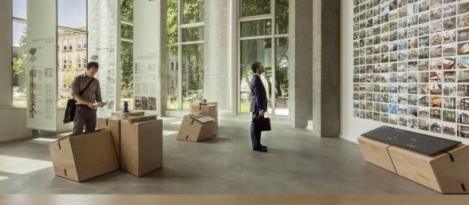May 11, 2015
Big Data set to transform facilities management, claims report
 A new report available at www.researchandmarkets.com claims that the facilities management sector is set to become one of the main beneficiaries of Big Data Analytics, despite the fact that it is ‘not traditionally known as a high-tech industry’. The authors of the report, Big Data Analytics in Facilities Management claim that Big Data analytics (BDA) is ‘a powerful driver for change in business and operational models to enable better informed, smarter, and faster decisions…and leaders of integrated facilities management are at the forefront of exploring trends, technologies, and wider opportunities in pursuit of greater business value. The report mentions firms such Accenture, Google, Microsoft and Planon to show the impact of Big Data on intelligent facilities management.
A new report available at www.researchandmarkets.com claims that the facilities management sector is set to become one of the main beneficiaries of Big Data Analytics, despite the fact that it is ‘not traditionally known as a high-tech industry’. The authors of the report, Big Data Analytics in Facilities Management claim that Big Data analytics (BDA) is ‘a powerful driver for change in business and operational models to enable better informed, smarter, and faster decisions…and leaders of integrated facilities management are at the forefront of exploring trends, technologies, and wider opportunities in pursuit of greater business value. The report mentions firms such Accenture, Google, Microsoft and Planon to show the impact of Big Data on intelligent facilities management.


































April 23, 2015
How local approaches to ergonomics redefine worldwide standards
by Mark Eltringham • Comment, Facilities management, Furniture, Workplace design
(more…)